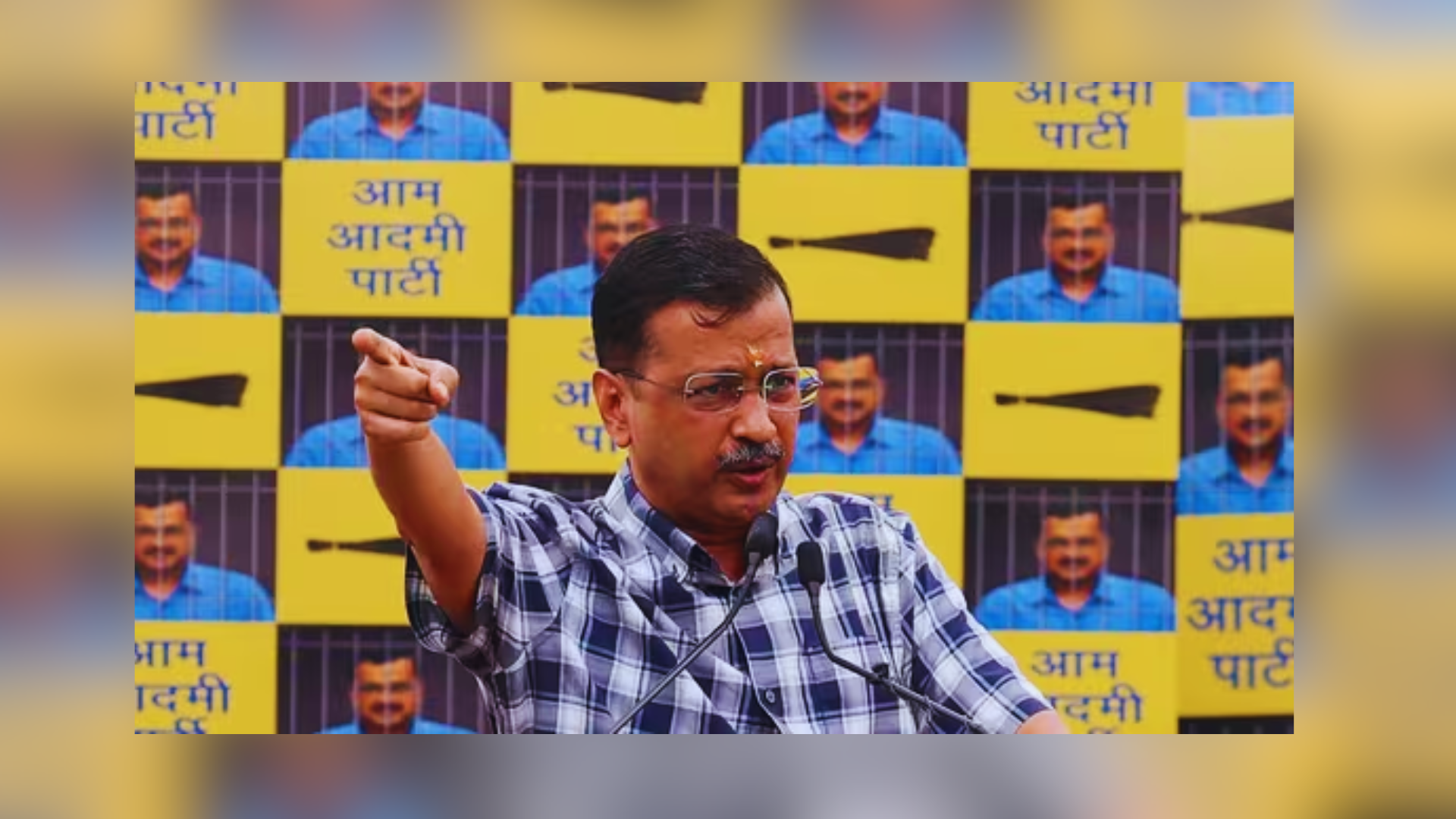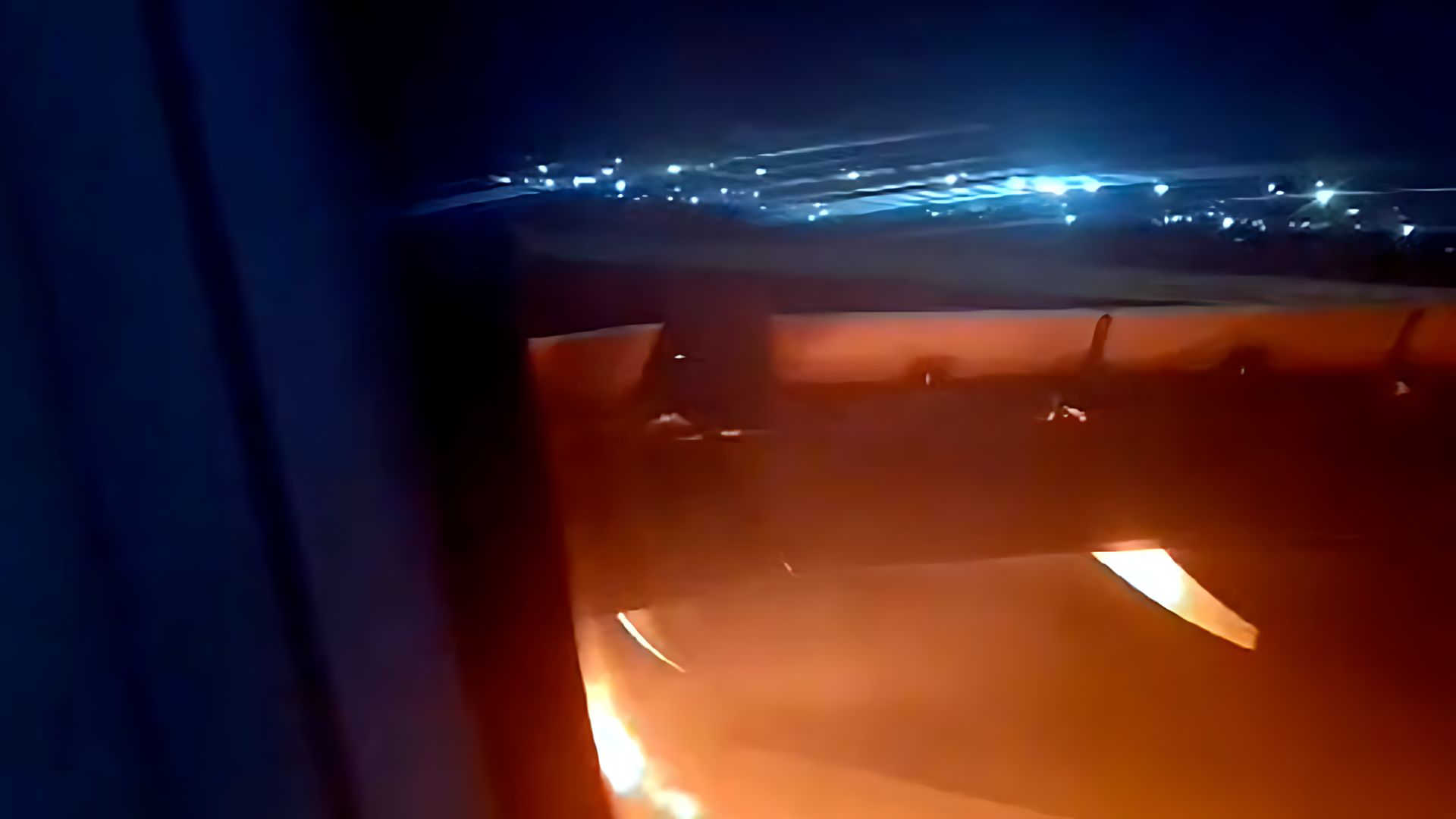










India’s inaugural solar mission, the Aditya L1 spacecraft, has accomplished its second earth-bound maneuver with success, as announced by the Indian Space Research Organization (ISRO) on Tuesday.
“Aditya L1 Mission: The second Earth-bound maneuver (EBN#2) is performed successfully from ISTRAC, Bengaluru. ISTRAC/ISRO’s ground stations at Mauritius, Bengaluru, and Port Blair tracked the satellite during this operation. The new orbit attained is 282 km x 40225 km,” ISRO said in a post on ‘X’ in the early hours of Tuesday. “The next maneuver (EBN#3) is scheduled for September 10, around 02:30 hrs. IST,” ISRO added.
Following the successful touchdown of Chandrayaan-3 near the Moon’s South Pole, India’s premier space agency, ISRO, launched the nation’s inaugural solar mission, Aditya L1, from the Satish Dhawan Space Centre in Sriharikota this past Saturday.
Aditya L1 carries a total of seven diverse instruments aimed at conducting an extensive examination of the sun. Four of these instruments are designed to observe sunlight, while the remaining three will measure plasma and magnetic field parameters directly.
Aditya L1 will be positioned in a halo orbit around Lagrangian Point 1 (L1), situated approximately 1.5 million kilometers away from Earth in the direction of the Sun. This journey is expected to be completed in four months.
The spacecraft will remain at a distance of around 1.5 million kilometers from Earth, focused on studying the sun’s outer atmosphere. It’s essential to note that Aditya L1 will not land on the sun or approach it any closer.
This strategic location will allow Aditya L1 to continuously observe the sun without interruptions like eclipses or occultation, facilitating real-time research into solar activities and their effects on space weather.
The data collected by the spacecraft will help unravel the processes leading to solar eruptive events and contribute to a deeper understanding of space weather drivers.
The primary objectives of India’s solar mission encompass the study of the physics governing the solar corona and its heating mechanism, the acceleration of the solar wind, the dynamics of the solar atmosphere, the distribution and temperature anisotropy of the solar wind, and the origin of coronal mass ejections (CME) and solar flares, as well as their influence on near-Earth space weather.
Aditya L1 represents a dedicated satellite for a comprehensive exploration of the Sun, with the goal of uncovering previously unknown facts about our closest star.
During its initial phase, the satellite will travel along Earth-bound orbits for 16 days, undergoing five maneuvers to achieve the necessary velocity to reach its intended destination. Subsequently, Aditya L1 will execute a trans-Lagrangian 1 insertion maneuver, which will span 110 days and propel the satellite approximately 15 million kilometers to reach the L1 point.
Upon arrival, another maneuver will secure Aditya L1 into an orbit around L1, a finely balanced gravitational location situated between Earth and the Sun, as detailed on ISRO’s official website.
Also Read: Sanatan Dharma Row: BJP Calls for Apology from I.N.D.I.A Alliance as Udhayanidhi doubles down
Catch all the Latest Business News, Breaking News Events, and Latest News Updates on NewsX









